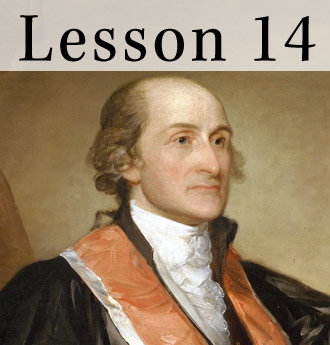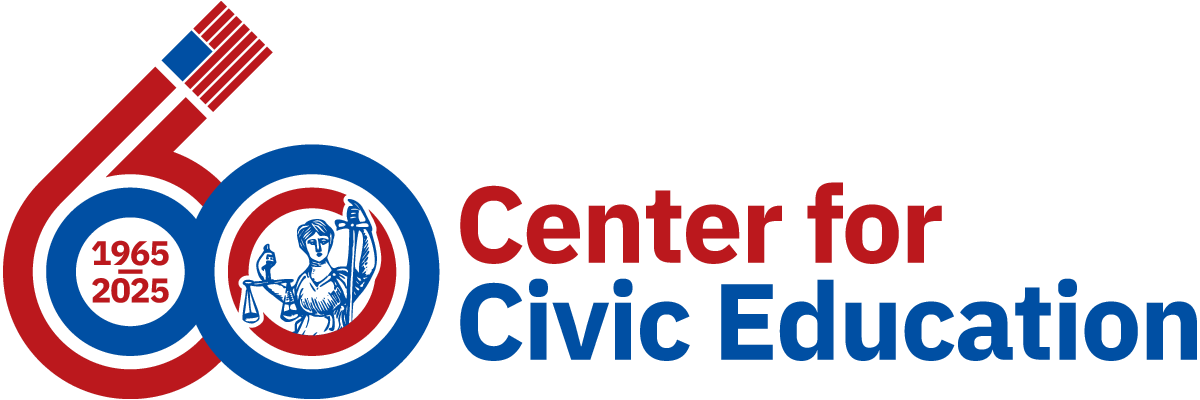The Resource Center » Level 3 » Unit 2 »
Lesson 14: What Was the Federalist Position in the Debate about Ratification?

Lesson Purpose
Lesson Objectives
- explain the key arguments of the Federalists and the process by which the Constitution was finally ratified and
- evaluate, take, and defend positions on the continuing relevance and validity of the Federalists’ arguments.
Lesson Terms
Lesson Biographies
Lesson Primary Sources
Hamilton's thoughts on Article 3, Section 1 of the Constitution: "The judicial Power of the United States, shall be vested in one supreme Court, and in such inferior Courts as the Congress may from time to time ordain and establish." In line with his support of an independent judiciary, Hamilton feared the wording of the judicial powers clause implied that Congress had the power to abolish courts at its pleasure.
"





